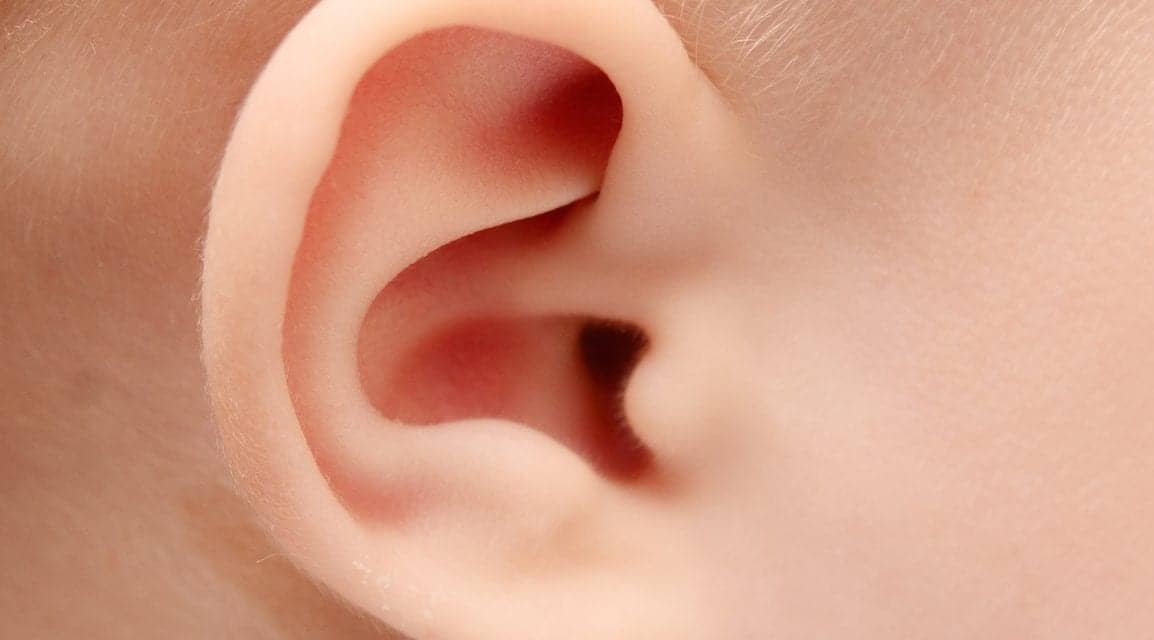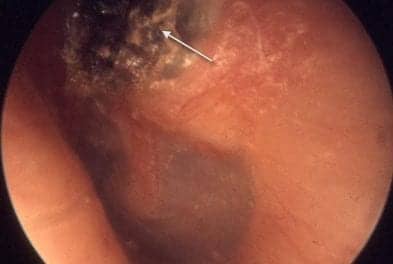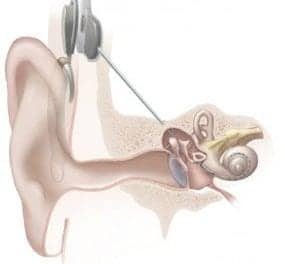Summary:
Sensorion’s Phase 1/2 Audiogene trial of the gene therapy SENS-501 for infants and toddlers with OTOF-related congenital deafness shows promising early safety and hearing improvement data, particularly in one patient, with a higher dose cohort now underway.
Key Takeaways:
- Encouraging safety profile: Intra-cochlear administration of low-dose SENS-501 was well tolerated in infants and toddlers (6–31 months) naive to cochlear implants, with no serious adverse events reported.
- Early hearing improvement: Patient 3 in the low-dose cohort demonstrated measurable ABR responses, PTA gains, and meaningful behavioral hearing improvements (including a 145% IT-MAIS score increase).
- Focus on language development window: By targeting children under three years old and excluding those with prior cochlear implants, the trial aims to restore hearing early enough to support natural speech and language acquisition.
Sensorion (FR0012596468 – ALSEN), a clinical-stage biotechnology company specializing in the development of novel therapies to restore, treat, and prevent hearing loss disorders, has announced preliminary positive data from the first cohort of the Phase 1/2 Audiogene clinical trial evaluating the low dose of SENS-501, the company’s gene therapy candidate being developed to treat a specific form of congenital deafness linked to mutations in the OTOF (otoferlin) gene. The second cohort at a higher dose is ongoing and recruitment is close to being completed.
The results from all patients dosed to date (5) confirm that SENS-501 and the corresponding surgical procedure are well tolerated by all participating infants and toddlers (aged 6 to 31 months and naive of cochlear implants at the time of the injection, as per study protocol) having received a gene therapy injection. Intracochlear administration of SENS-501 was uneventful, and no serious adverse events or serious side effects were reported.
Three patients were enrolled into Cohort 1 and received a low dose of SENS-501 of 1.5E11 vg/vector/ear, corresponding to the minimally effective dose in preclinical studies. The primary objective is to assess the safety and feasibility of the intra-cochlear administration of SENS-501. In Cohort 1, early signs of hearing improvement were observed in Patient 3, aged 11 months at the time of injection. The clinical response observed in Patient 3 was evaluated using standard hearing tests carried out by the investigators (Auditory Brainstem Response ABR, Pure Tone Audiometry PTA, and Patient (Parents) Reported Outcomes PROs).
Three-month data from Patient 3 include:
- Positive ABR responses at two frequencies, with the best frequency reaching 70 dB.
- Improvement of hearing levels across two speech frequencies with best frequency reaching 90 dB level, per PTA.
- Meaningful changes in responses to sounds and voices as reported by the parents with an IT-MAIS score increase of 16 points (145% relative improvement from baseline), and met expected auditory milestones based on an age-based parent questionnaire and according to the patient’s age (LittlEARS).
The recruitment in Cohort 2, utilizing a second and higher dose level, is nearly complete. The company plans to provide the next update when Cohort 2 data have reached sufficient maturity to determine next steps for the program.
Professor Catherine Birman, ENT surgeon, otolaryngologist, and senior staff specialist at the Children’s Hospital at Westmead, Australia, commented: “I’m thrilled to report the preliminary Cohort 1 data of SENS-501 in the first infants and toddlers treated with this highly innovative therapy. Treatment with SENS-501 had a good safety profile and the onset of early auditory responses observed in Patient 3 of the first cohort is very encouraging, especially given the very low dose of vector injected, which is primarily intended at assessing the safety of the therapeutic and of the intracochlear surgical procedure. I look forward to Patient 3’s next visit and continuing the Audiogene study with the second cohort to assess a higher dose of SENS-501. Treating children under 31 months of age and naive of cochlear implants is a much-needed undertaking, as restoring hearing in the first three years of childhood has the potential to result in de-novo language acquisition. We thank Sensorion for their commitment to this patient population.”
The Phase 1/2 clinical trial Audiogene (ClinicalTrials.gov ID: NCT06370351), developed in the frame of the strategic partnership with the Institut Pasteur and led by Professor Natalie Loundon, MD, coordinating investigator of the Center for Research in Pediatric Audiology, Pediatric Otolaryngologist and Head and Neck Surgeon, Necker Enfants Malades, AP-HP, in Paris, France, aims to evaluate the safety and efficacy of an intra-cochlear injection of SENS-501 for the treatment of OTOF gene-induced hearing loss in pediatric patients aged 6 to 31 months and naive of cochlear implants at the time of the gene therapy treatment.
Audiogene consists of a dose-escalation part, comprising two cohorts of three patients each, assessing a low dose of SENS-501 in Cohort 1 (1.5E11 vg/vector/ear) and a higher dose of SENS-501 in Cohort 2 (4.5E11 vg/vector/ear). The dose-escalation part will be followed by a dose-expansion cohort at the selected dose. While safety is the primary endpoint of the dose escalation study, Auditory Brainstem Response, twelve months following the injection, will be the primary endpoint for the dose expansion part. Audiogene is the first gene therapy clinical trial addressing a unique homogeneous population of infants and toddlers (aged 6 to 31 months and naive of cochlear implants at the time of the gene therapy injection). Addressing this young patient population aims at maximizing the chances of these infants and toddlers to acquire language (below three years old, when brain plasticity is optimal). Furthermore, and uniquely to Audiogene’s gene therapy program, all enrolled patients should not have current or previous cochlear implantation in the treated or contralateral ear, allowing to best document the contribution of the gene therapy in speech development.
Featured image: Dreamstime





